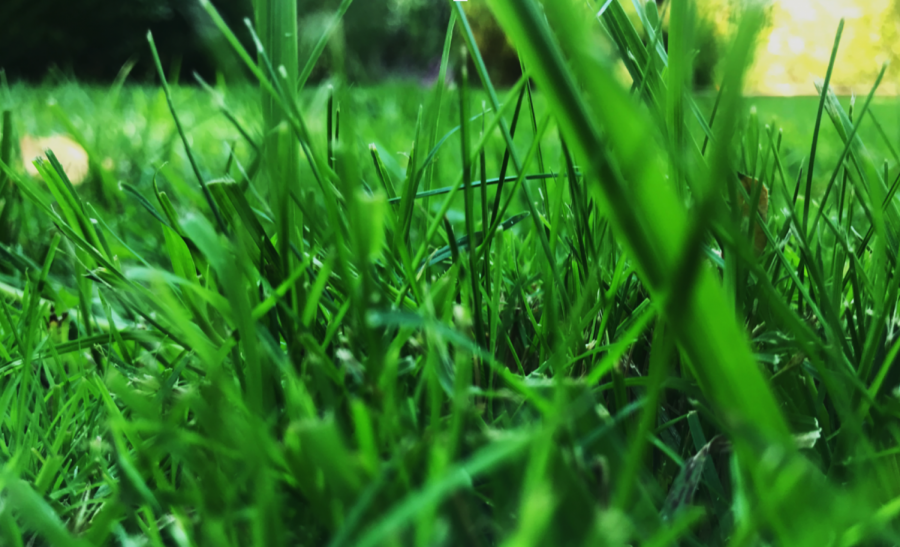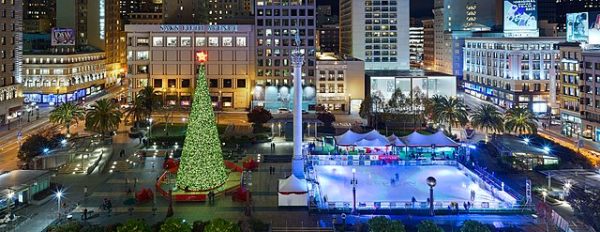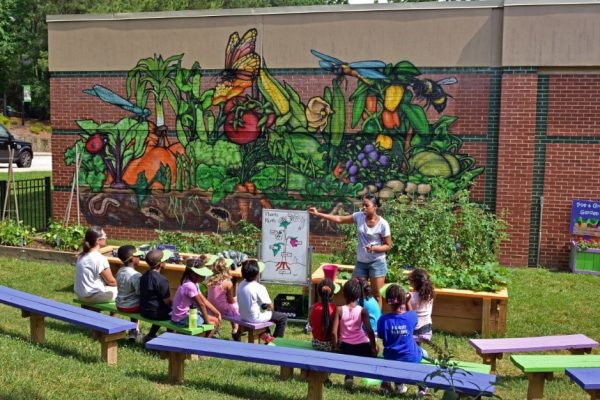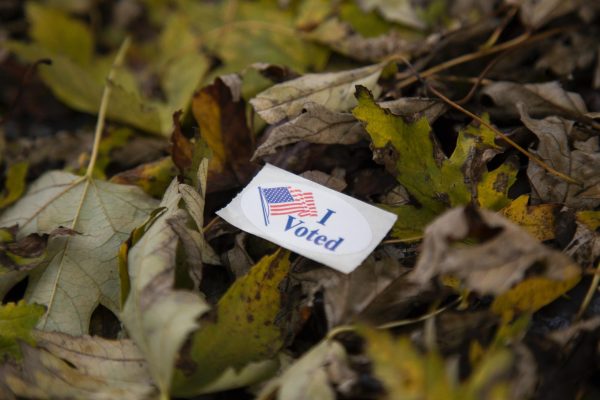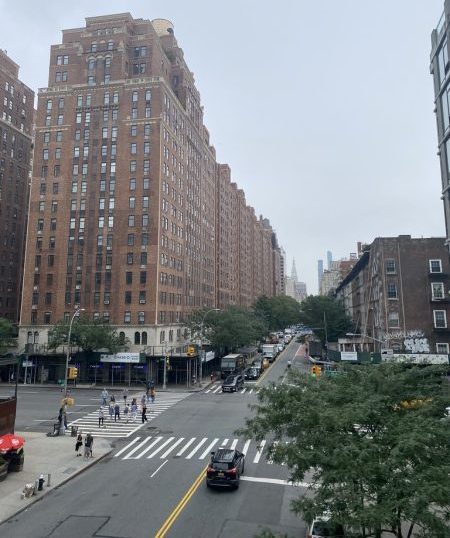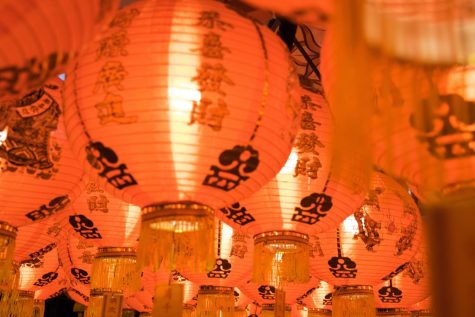The Price to Pay for Green Lawns
How traditional grass lawns are devastating the environment.
October 5, 2020
The green lawn is an iconic American symbol ingrained in suburban culture. Recently, however, there has been a growing awareness of the negative impacts of grass lawns. Not only do they consume gallons of water a week, but they also hurt the soil under it, encourage the use of chemical fertilizers, and are an example of monoculture.
Ongoing droughts in California have made the state exceptionally aware of the overwatering problem in America. Nevertheless, Californians continue to waste water on grass lawns. The EPA estimates that a square foot of a grass lawn is responsible for 135 gallons of water used in residential irrigation. This means that for every foot of lawn, 135 gallons of water wasted. The EPA also notes that 50% of commercial and residential irrigation water goes to waste due to evaporation.
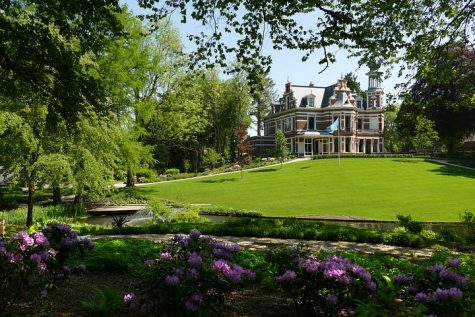
With the ongoing threat of climate change, the world is seeing more and more droughts along with wildfires, yet the traditional grass lawn is continued to be used.
O’Dowd’s sustainability programs manager Isabel Rodriguez-Vega expressed her concerns about traditional grass lawns. Along with being unsustainable because of water consumption, lawns affect the soil microbiome. She expresses, “A traditional grass lawn takes a lot of water to maintain; There’s also the fact that it’s all just one type of plant so you’re basically planting the same grass on your whole lawn area so it will not attract and sustain as many insects and wildlife.”
As the average lawn is unsustainable, homeowners tend to use pesticides to ward away weeds and other insects, resulting in the devastation of soil microbes, which are crucial to the local environment. These microbes turn atmospheric nitrogen into consumable plant food. The killing of this bacteria hurts the soil in and around the lawn, resulting in a dying ecosystem. This only leads to another problem; chemical fertilizers.
Chemical fertilizers pollute waterways along with the atmosphere and are a contributor to climate change. According to NOAA, “Excess nitrogen used in crop fertilization can contribute to the release of greenhouse gases such as carbon dioxide and nitrous oxide into the atmosphere.” The main component in chemical fertilizers is nitrogen, but excessive use of this fertilizer can lead to soil acidification furthering the environmental devastation.
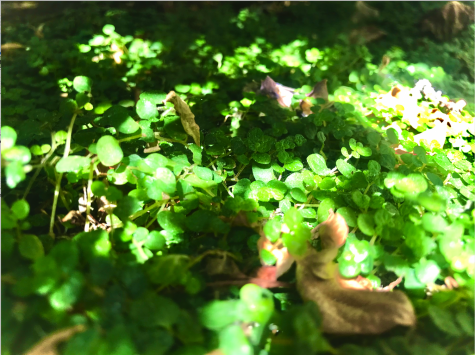
There is hope, however. One can still enjoy a nice front yard without environmental consequences. One great alternative to a traditional grass lawn is a clover lawn. Clover lawns are low maintenance and drought tolerant. They require little watering and no fertilizer or pesticides.
Another alternative is moss lawns. Like clover, they are drought resistant and require little to no maintenance. They do not need mowing or fertilizer and help the soil bacteria culture.
Using these multiple sustainable alternatives to the traditional green lawn, homeowners everywhere could take a large step in water conservation and combatting climate change

